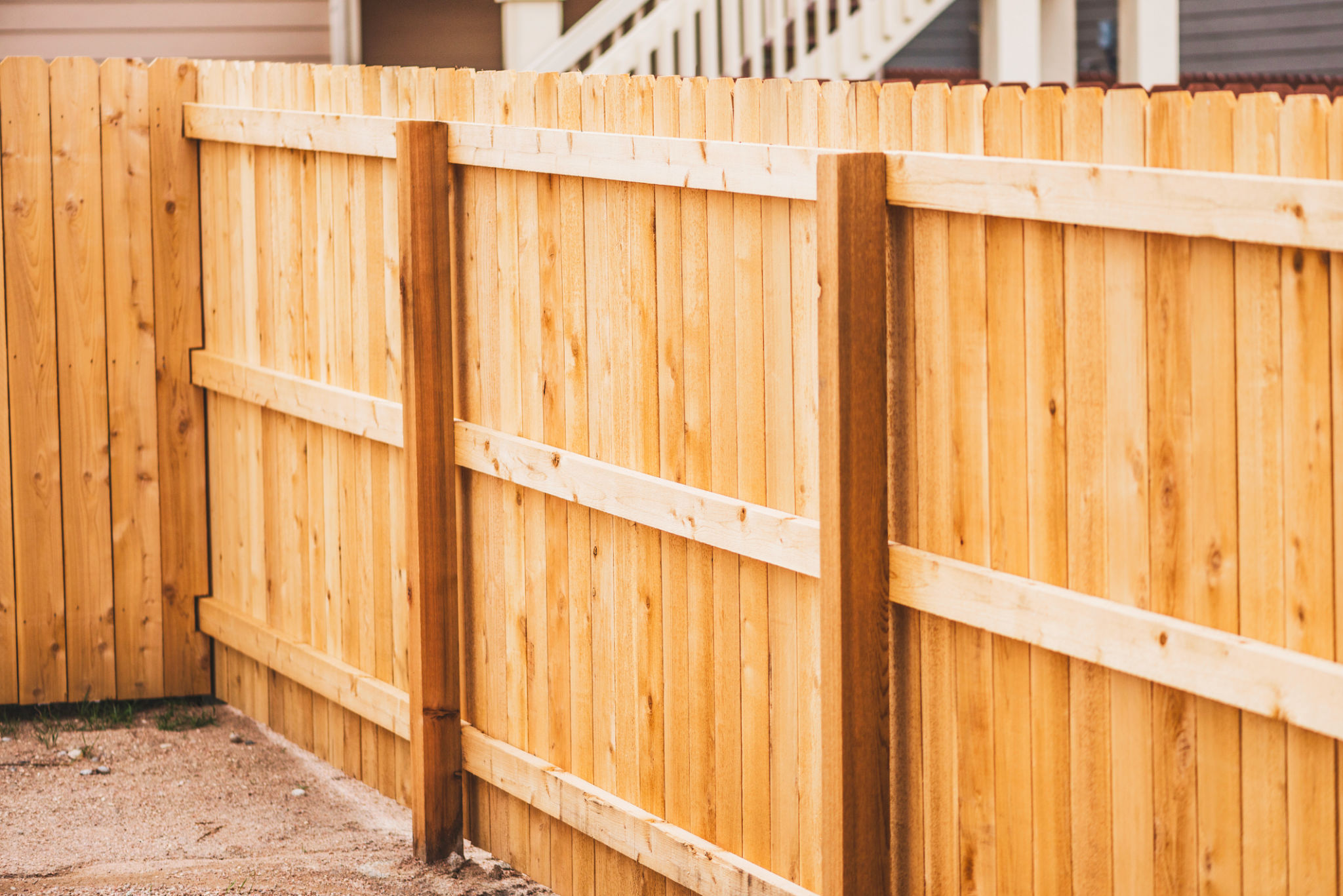Understanding Local Fencing Regulations in Longmont, CO
Introduction to Local Fencing Regulations
Building a fence in Longmont, CO is an excellent way to enhance privacy, security, and aesthetic appeal for your property. However, before you start your fencing project, it’s crucial to understand the local regulations that govern fencing installations in this area. Adhering to these rules not only ensures compliance but also helps avoid potential legal issues.
General Fencing Regulations
Longmont has specific guidelines when it comes to the installation and maintenance of fences. Generally, you need to be aware of the height restrictions, material limitations, and boundary requirements. For example, fences in residential areas typically cannot exceed six feet in height in the backyard and four feet in the front yard. This ensures that they do not obstruct visibility or infringe on neighborhood aesthetics.
Moreover, the choice of materials is often regulated. While wood, vinyl, and chain link are popular options, some areas may restrict certain types of materials to maintain a cohesive community appearance. Always check with the local authorities or a fencing professional to confirm permissible materials for your project.

Obtaining Necessary Permits
Before erecting a fence, you may need to obtain a permit from the City of Longmont. This process typically involves submitting a detailed plan of your proposed fence, including its dimensions, materials, and location. The permit ensures that your fence will comply with zoning laws and neighborhood covenants.
The review process can take some time, so it is wise to plan ahead. Once you receive approval, you can proceed with confidence, knowing that your project meets all necessary legal requirements.
Property Lines and Boundary Considerations
One of the most critical aspects of installing a fence is ensuring it is placed on the correct property line. Misplacing a fence can lead to disputes with neighbors and potential legal complications. It is advisable to have a professional surveyor mark the boundaries of your property before construction begins.

Additionally, if your fence will be adjacent to a neighbor's property, it’s courteous to inform them of your plans. Open communication can help prevent misunderstandings and foster good neighborly relations.
HOA Rules and Covenants
If you live in a community governed by a Homeowners Association (HOA), there may be additional restrictions or guidelines for fencing. HOAs often have specific rules regarding fence aesthetics, such as color and design, to maintain a uniform look throughout the community.
Before proceeding with your fencing project, review your HOA’s covenants or consult with the HOA board. Doing so can save you from having to make costly adjustments after installation.

Maintenance and Upkeep
Once your fence is installed, regular maintenance is key to ensuring its longevity and appearance. Different materials require varying levels of upkeep; for instance, wood fences may need periodic staining or painting, while vinyl fences generally require less maintenance.
Keeping your fence in good condition not only enhances your property’s curb appeal but also ensures compliance with local regulations that may require fences to be kept in good repair.
Conclusion
Understanding local fencing regulations in Longmont, CO is essential for any property owner considering a new fence. By familiarizing yourself with these rules and seeking necessary approvals, you can ensure a smooth installation process that enhances your property while adhering to local laws. Whether it's consulting with professionals or communicating with neighbors, taking the right steps now can prevent future headaches.